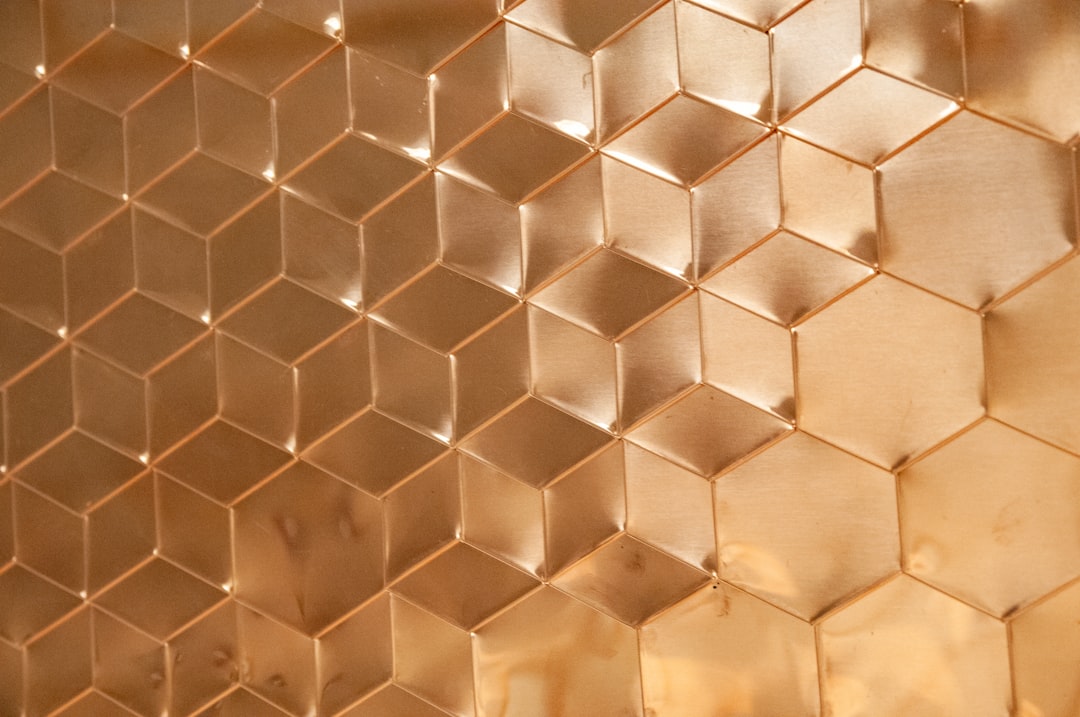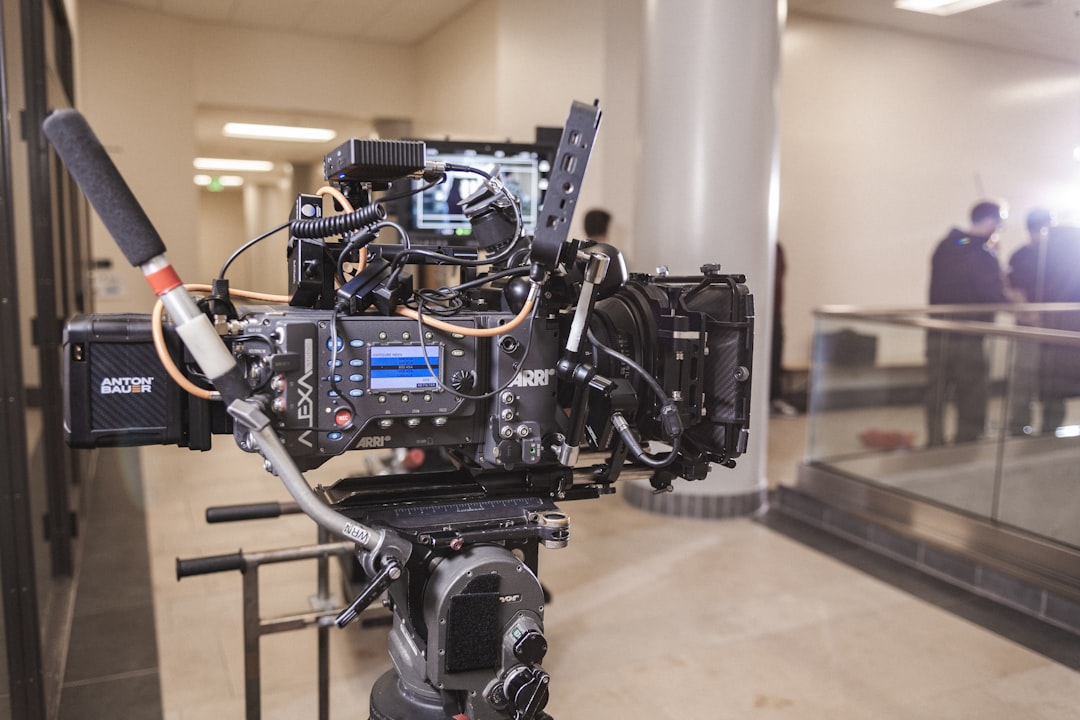What is it about?
Next generation flexible solar cells have recently undergone rapid development with the promising outlook for high performance and mass-producibility. Protecting these devices from moisture and oxygen by effective encapsulation is essential to achieve the required operational lifetimes for commercialization. This article reviews flexible barrier materials and encapsulation strategies to improve the lifetime of flexible perovskite and organic photovoltaics.
Featured Image

Photo by 褚 天成 on Unsplash
Why is it important?
Flexible solar cells have undergone rapid development within the last decade, exhibiting exciting properties such as high efficiency, flexibility and the potential for large-scale fabrication through Roll-to-Roll processing. The operational stability of these cells is recognised to be an ongoing challenge as prolonged device lifetimes are scarcely observed. A means of delaying the degradation of flexible solar cells. These barriers must demonstrate outstanding moisture permeation resistance, whilst also being transparent, chemically, and thermally stable, and able to withstand repeated mechanical deformation. Herein, the fundamental principles of OPV and PSC devices will be initially discussed, highlighting the degradation mechanisms and current stability obstacles. A review of the latest flexible barrier materials and encapsulation strategies will follow, focussing on stability studies that have been undertaken on flexible PSCs and OPVs, along with some suggestions as to the direction such research may take.
Perspectives
I hope this article provides you with a detailed outlook on the different ways to protect flexible solar cells in order to improve their operational lifetime and bring this great technology into commercialisation.
Luke Sutherland
CSIRO
Read the Original
This page is a summary of: A Review on Emerging Barrier Materials and Encapsulation Strategies for Flexible Perovskite and Organic Photovoltaics, Advanced Energy Materials, July 2021, Wiley,
DOI: 10.1002/aenm.202101383.
You can read the full text:
Contributors
The following have contributed to this page










